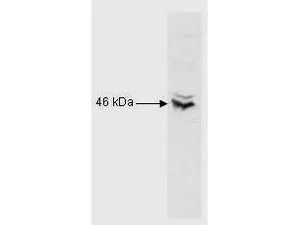
Anti-CREB is shown to detect CREB-1 present in Raji B cell nuclear extract. Detection occurs using a 1:1,000 dilution of antibody followed by a 1:5,000 dilution of HRP Goat anti Rabbit IgG with visualization via ECL
CREB antibody
GTX27540
ApplicationsWestern Blot, ChIP Chromatin ImmunoPrecipitation, ELISA, Other Application
Product group Antibodies
TargetCREB1
Overview
- SupplierGeneTex
- Product NameCREB antibody
- Delivery Days Customer9
- Application Supplier NoteWB: 1:500-1:1000. ELISA: 1:5000-1:25000. EMSA: 0.5-1 microL per assay. *Optimal dilutions/concentrations should be determined by the researcher.Not tested in other applications.
- ApplicationsWestern Blot, ChIP Chromatin ImmunoPrecipitation, ELISA, Other Application
- CertificationResearch Use Only
- ClonalityPolyclonal
- Concentration2.56 mg/ml
- ConjugateUnconjugated
- Gene ID1385
- Target nameCREB1
- Target descriptioncAMP responsive element binding protein 1
- Target synonymsCREB, CREB-1, cyclic AMP-responsive element-binding protein 1, active transcription factor CREB, cAMP-response element-binding protein-1, cyclic adenosine 3',5'-monophosphate response element binding protein, cyclic adenosine 3',5'-monophosphate response element-binding protein CREB, transactivator protein
- HostRabbit
- IsotypeIgG
- Protein IDP16220
- Protein NameCyclic AMP-responsive element-binding protein 1
- Scientific Descriptioncyclic AMP responsive element binding protein (CREB) is a ubiquitous transcription factor regulated by changes in cyclic AMP (cAMP) levels. CREB binds as a homodimer to CRE sites (cAMP response elements) and belongs to the basic leucine zipper family of DNA binding proteins. Increases in cAMP levels result in the specific phosphorylation of CREB by protein kinase A. Phosphorylated CREB interacts with the transcriptional co-activator CBP (CREB binding protein or p265). It has recently been demonstrated that CREB phosphorylation correlates with light regulated circadian rhythms.
- Storage Instruction-20°C or -80°C,2°C to 8°C
- UNSPSC12352203

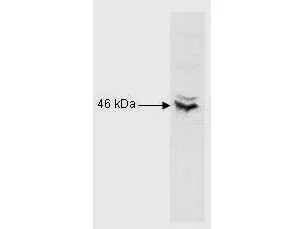
![IHC-P analysis of human bladder and rectal tissue using GTX15731 CREB antibody [LB9]. Antigen retrieval : heat induced antigen retrieval was performed using 10mM sodium citrate (pH6.0) buffer for 20 minutes. Dilution : 1:200](https://www.genetex.com/upload/website/prouct_img/normal/GTX15731/GTX15731_1033_IHC-P_w_23060620_754.webp)

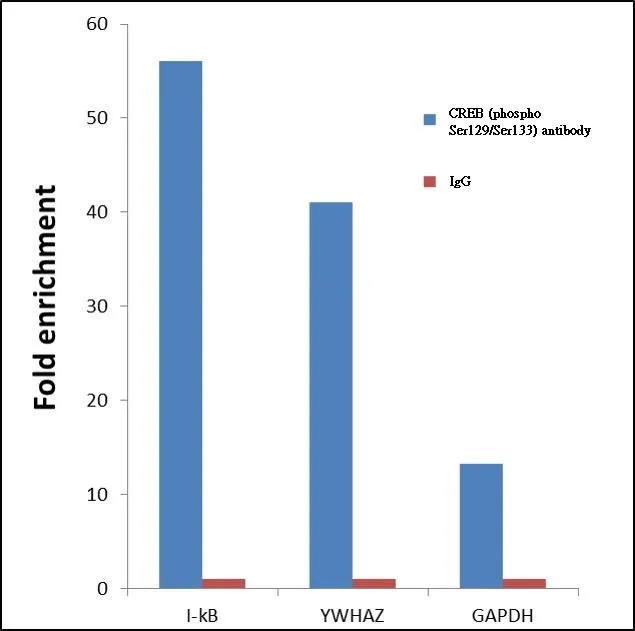
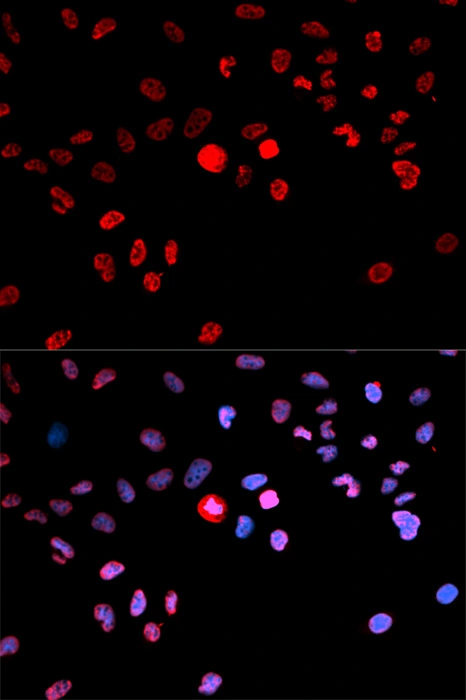
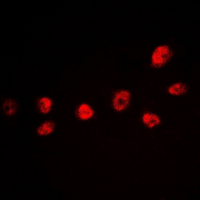

![ELISA analysis of antigen using GTX60431 CREB antibody [5G3]. Red : Control antigen 100ng Purple : Antigen 10ng Green : Antigen 50ng Blue : Antigen 100ng](https://www.genetex.com/upload/website/prouct_img/normal/GTX60431/GTX60431_20170912_ELISA_w_23061123_669.webp)